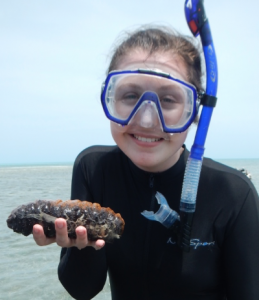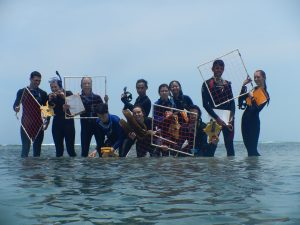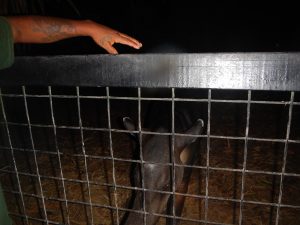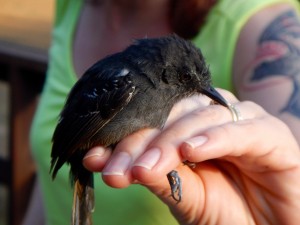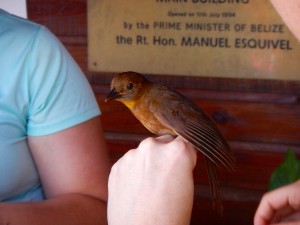So today I got the class a wee bit lost in the rainforest after setting our last camera trap off trail. This wouldn’t have been as freaky if it wasn’t sunset already. So now GPS is my favorite thing ever. We walked like at least 10 miles today through various elevations. I think my feet are going to fall off. That’s okay, I could just become a fish. Team Surf.
I am exhausted and have been up since 4:30 am for birding. That was nice because I got to see a bunch of birds with people that could help me identify them. Some highlights: there is a plumbeous kite nest just east of Las Cuevas clearing that can almost guarantee a sighting. There is also a social flycatcher nest in the gutter pitched on the railing of our building that I can look at.

The real highlight was the keel-billed toucan that briefly ran overhead around noon when we came back from our first hike. It was so cool to see a real toucan! Now I just have to find a scarlet macaw.
I am exhausted and my legs look like diseased at this point. There are so many bug bites, injuries, bruises, scrapes, and bumps that I mostly cannot even explain. I am not diseased I swear, I am just a biologist! A TFB to be exact! Well, I am going to pass out now for like as long as I can. Peace out. Anna 2- Ticks 0 !!!





